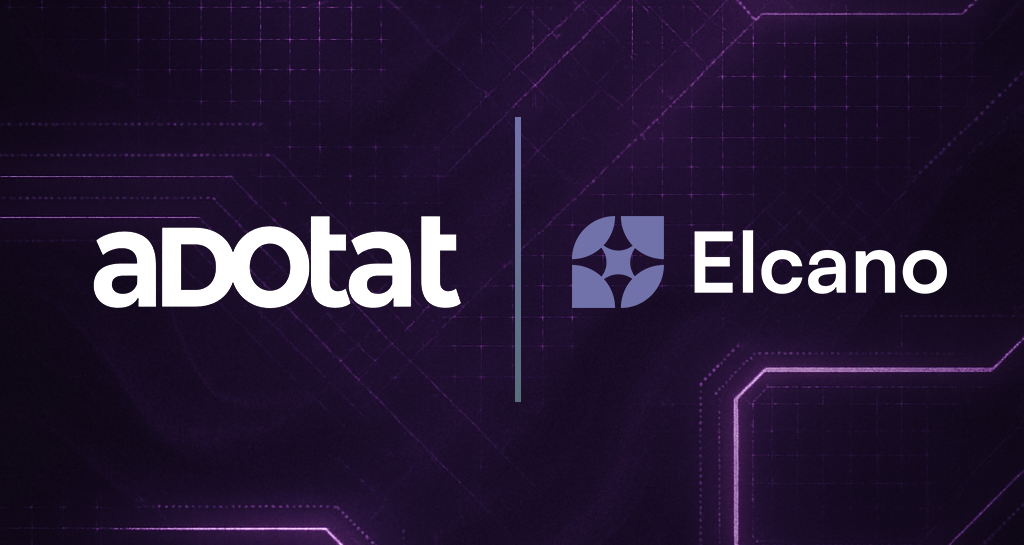Curation is Not a Buzzword (Unless You’re Doing it Wrong)
At its core, curation is about introducing value-driving assets into the programmatic supply chain to create more meaningful, efficient transactions between buyers and sellers.
Today, more often than not, the “asset” being deployed in the supply chain is targeting data (first-party, contextual, predictive, etc.). Integrating and activating data directly within SSP’s increases match rates, fidelity and therefore scale. From the perspective of a data provider, this supply-side integration allows for more control of the data from a value, pricing and performance standpoint.
But curation isn’t limited to applying targeting data to inventory, it is a multidimensional practice that offers so much more. Bidders are limited by QPS for decisioning and performance optimization, but curation can enable significantly stronger decisioning and allow for better performance and pricing for both advertisers and publishers, if applied properly.
Working directly with supply gives curators access to the full bid stream and far more data to analyze, measure and leverage for targeting and optimization models. Understanding this data and refining it directs filtered bid requests that have a higher likelihood of performing to the bidder/DSP. This refined bid stream is more valuable to advertisers because it’s curated with their specific goals in mind, making them more willing to pay a premium, which in turn benefits the publishers providing these enhanced requests.
Curation can also be used to protect advertisers against fraud and issues of brand safety. It can be applied by agencies and larger buying organizations as a form of governance, to ensure buys are being run with proper settings and inventory. It can greatly aid in the opaque world of CTV and allow buyers to ensure they are actually purchasing high-value inventory where their target audience is most engaged. It can also enable better retail and pharmaceutical media networks with accurate measurement, risk mitigation, compliance, and can be activated in a decentralized “anti-walled garden” manner unlike the networks forged in single DSP partnership.
Despite its many applications, curation remains poorly understood across the industry. Its core promise is to deliver more value while enabling better transactions and communication between buyers and sellers. Yet, a lack of understanding and expertise has led to the rise of “false curation”, or the sale of valueless deals that include inflated margins but deliver no real benefit. It’s crucial for both buyers and sellers to remain vigilant when assessing partners and their methodology.
At Elcano, we’re committed to building technology and automation that pushes the boundaries of what curation can achieve. AI, algorithms, and machine learning can all be applied to enhance outcomes, just as they were on the DSP side years ago. But as history has shown, technology alone isn’t enough. The most powerful curation happens when advanced tools are guided by people who understand the data, the strategy, and the goals.
Just as DSP algorithms required the guidance of savvy, well-incentivized traders, advanced curation demands the same. That’s why programmatic trade desks exist, and why consistently optimized campaigns outperform “set-it-and-forget-it” approaches that fail to meet KPIs.
At Elcano, we understand this deeply. That’s why we’re building the most advanced curation desk in the industry, helping all parties fully harness the power of curation technology to drive better results for buyers and greater revenue yield for suppliers.
Read the full piece on Adotat below.

